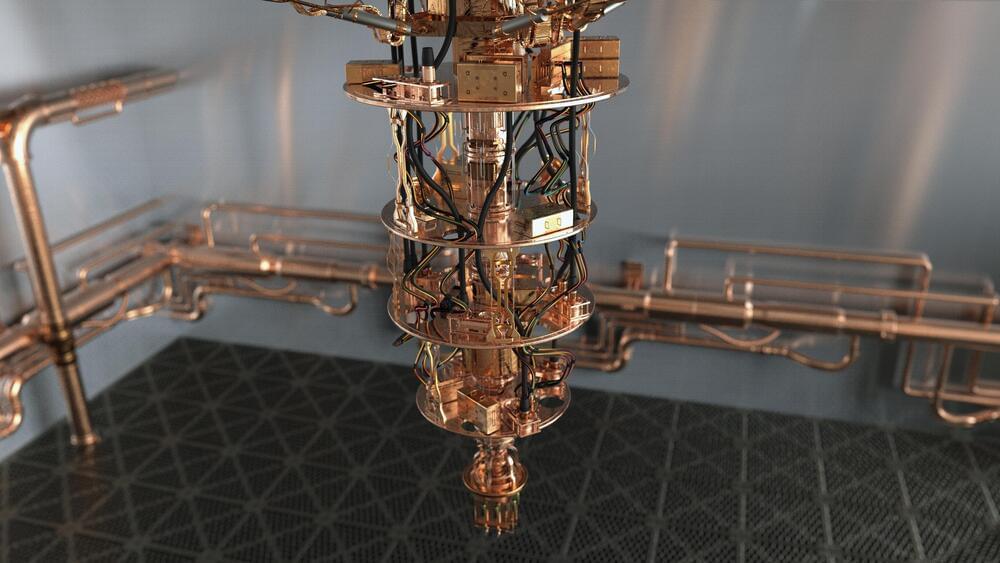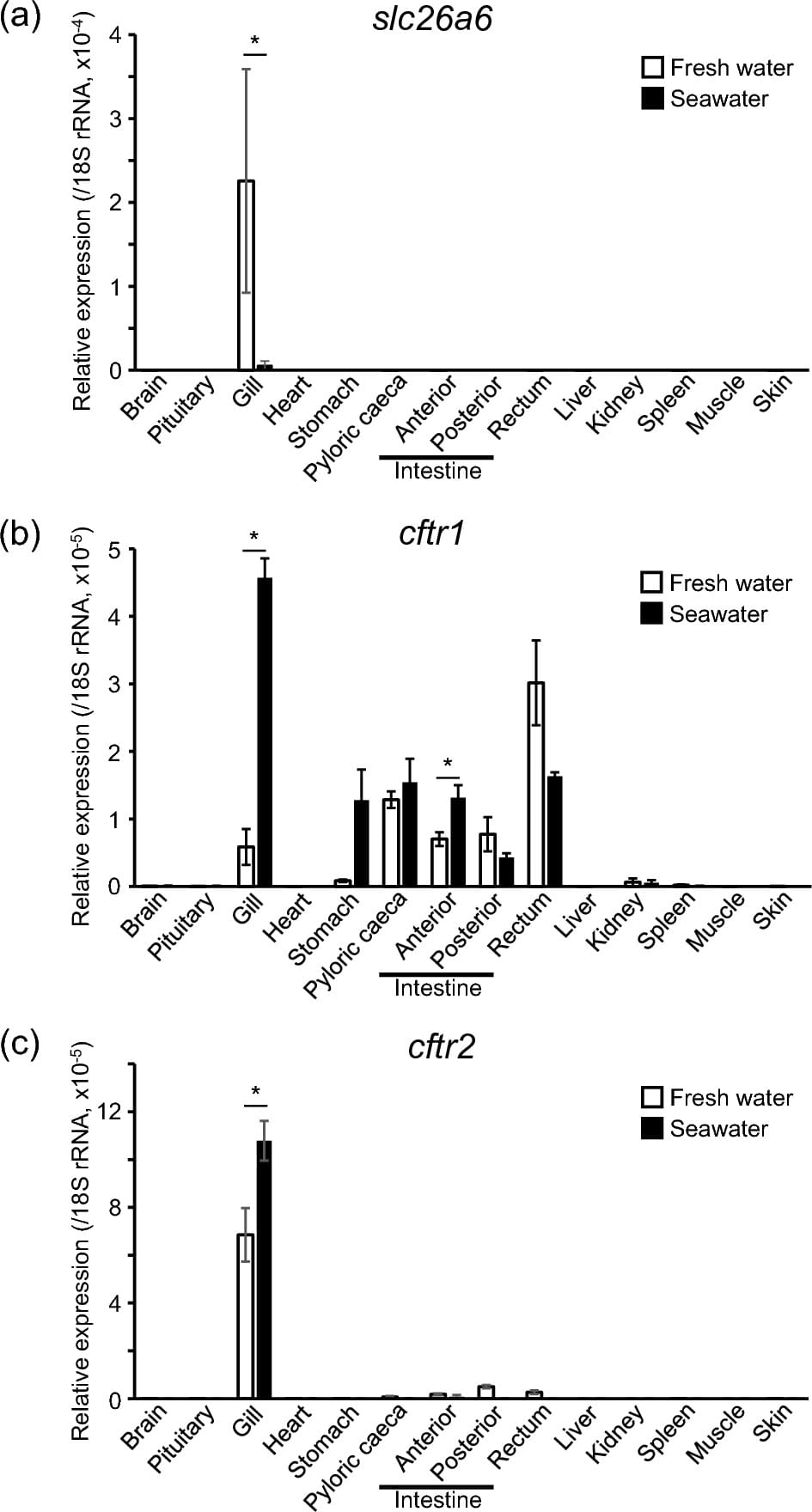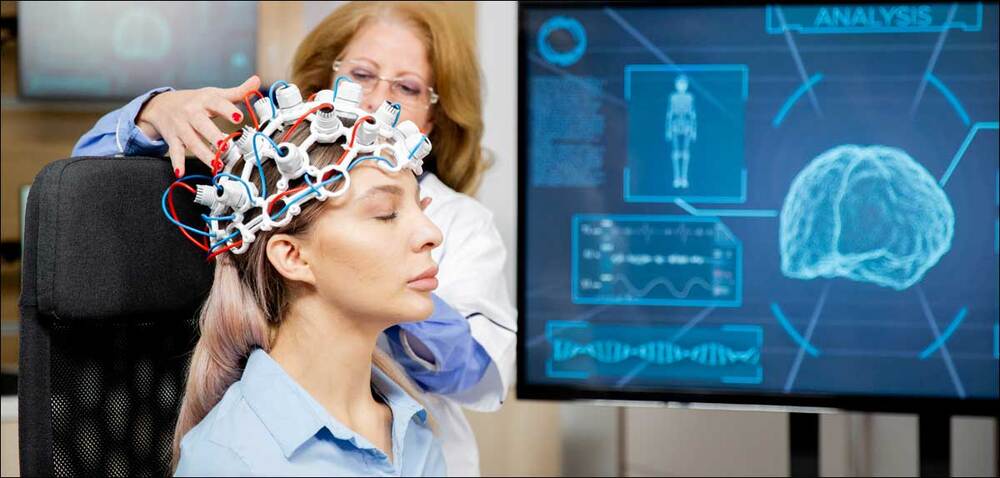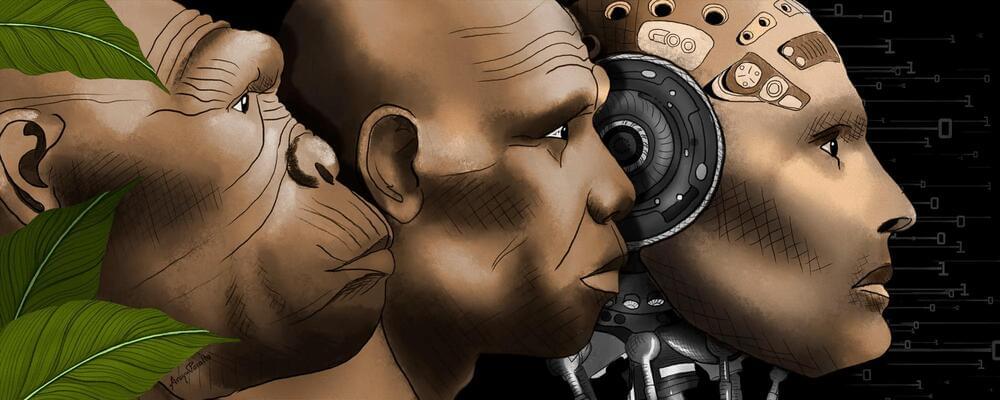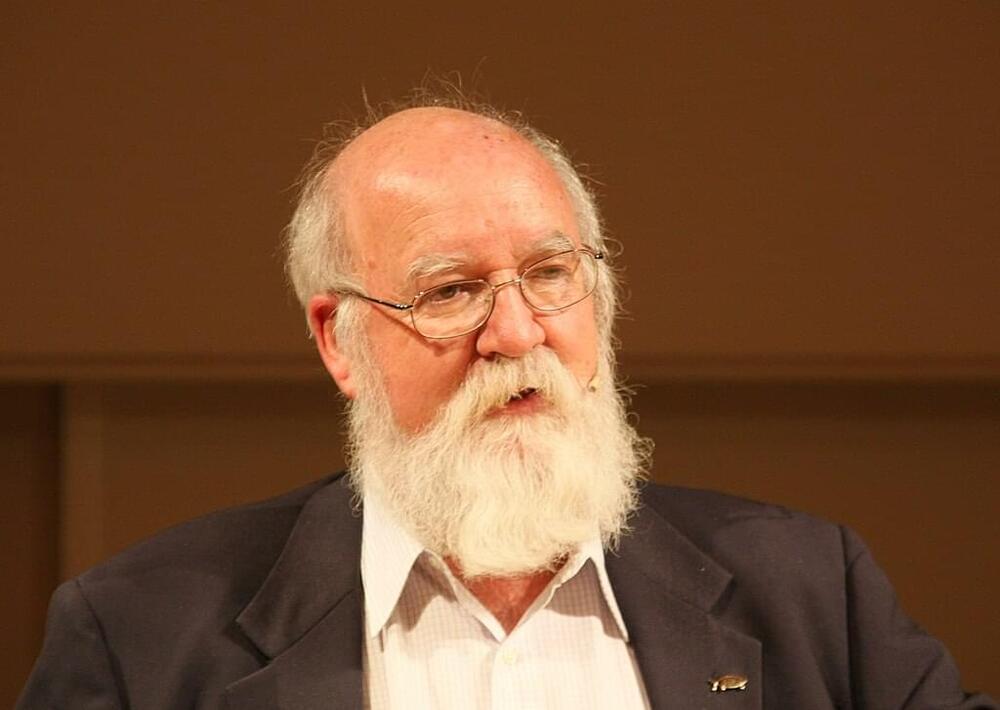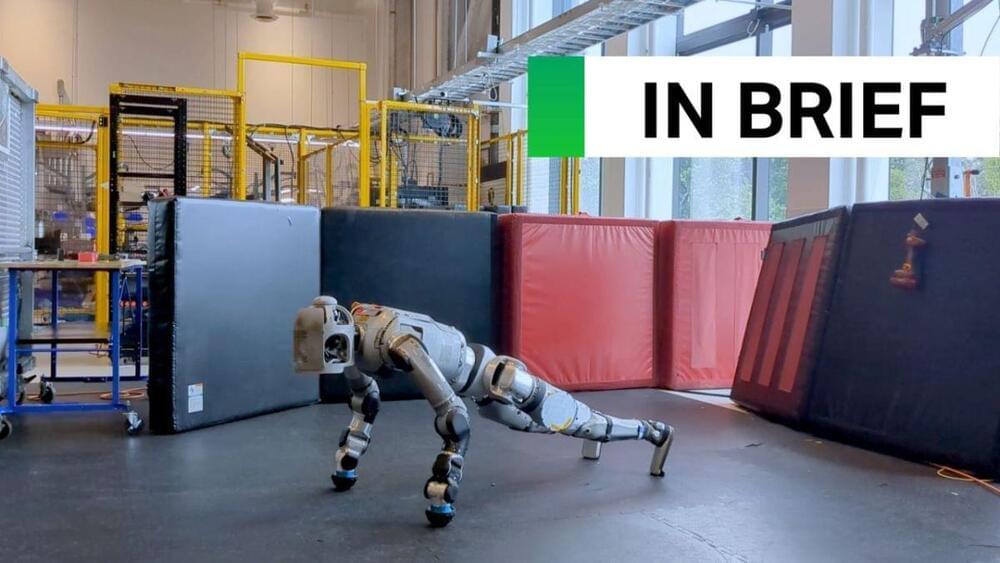Aug 23, 2024
At the Quantum Frontier
Posted by Dan Breeden in categories: chemistry, computing, quantum physics
Quantum computers have the potential to revolutionize our understanding of the world around us—and teach us how to manipulate it. The technology could enable the rapid design and development of life-saving drugs, simulate superconducting materials that would revolutionize technology and clean energy, and even offer insight into the underlying structure of space and time. Like the qubits that sit in superposition at the heart of quantum computers, the possibilities seem endless.
“Right now, you will find people who see quantum computing as a panacea,” says Susanne Yelin, a professor of physics in residence at Harvard’s Faculty of Arts and Sciences. “I am not one of them. But quantum computing could help us better understand fundamental physics, such as problems in condensed matter or particle physics. It could also advance quantum chemistry [which uses quantum physics to understand chemical systems]—and with it, better development of drugs and materials.”
At the Harvard Kenneth C. Griffin Graduate School of Arts and Sciences (Harvard Griffin GSAS), PhD physics students Maddie Cain, on whose dissertation committee Yelin sits, and Dolev Bluvstein are working to make the promise of quantum computing a reality. In the laboratory of Professor Mikhail Lukin, Cain and Bluvstein push the boundaries of science, advancing the prospects of transformative applications that could reshape our world.
